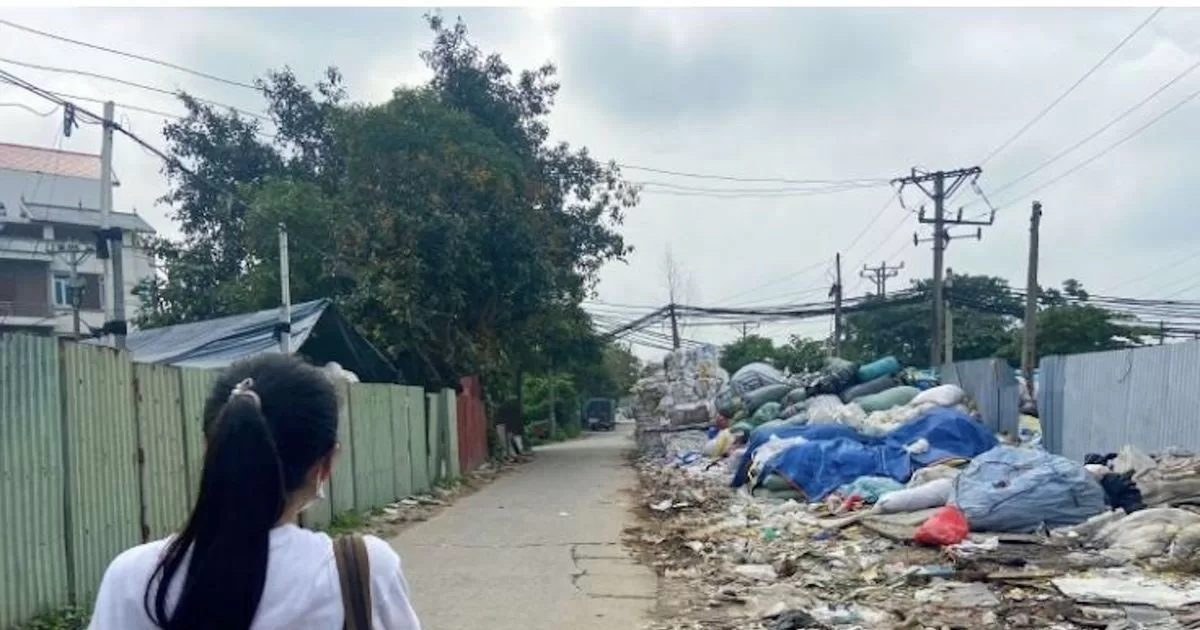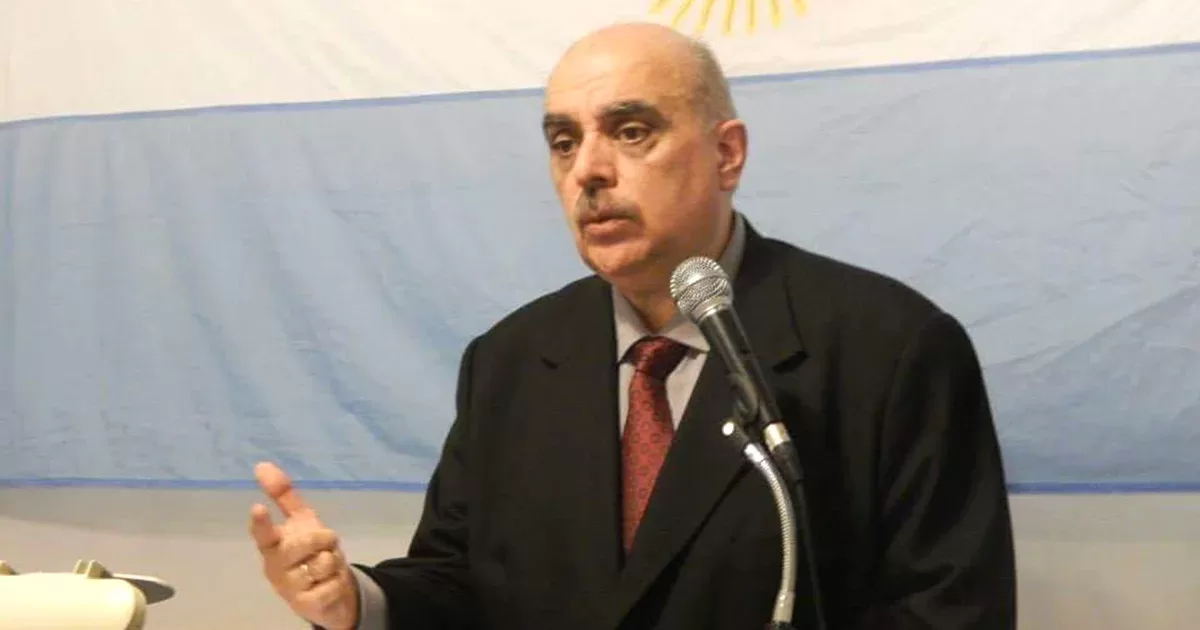From January to June, the rainforest had alerts for possible deforestation covering 2,650 square kilometers (1,023 square miles), compared with 4,000 square kilometers in the same period last year, during the Jair Bolsonaro government. This year’s data includes a 41% drop in alerts for June, the start of the dry season, which is when deforestation tends to spike.
“The objective of reversing the growth curve was achieved. That is a fact: we have reversed the curve, deforestation is not increasing,” said João Paulo Capobianco, executive secretary of the Environment Ministry, during a presentation in Brasilia.
Capobianco noted that full-year results will depend on a few difficult months ahead. Still, the data is an encouraging sign for Lula, who campaigned last year on promises to curb illegal logging and reverse the environmental devastation of Bolsonaro’s rule. The right-wing former president weakened environmental authorities, while his insistence on developing the Amazon region resonated with land grabbers and farmers long aggrieved by environmental laws. With this they were emboldened and deforestation in the Amazon increased to its highest figure in 15 years.
The deforestation data released Thursday comes from a system called Deter, managed by the National Institute for Space Research, a federal agency. It is an initiative that focuses mainly on detecting deforestation in real time. The most accurate deforestation estimates come from another system called Prodes, whose data is published annually.
“Simply put, we are prioritizing environmental law enforcement,” Jair Schmitt, head of environmental protection at Ibama, Brazil’s federal environmental agency, said in a telephone interview with The Associated Press.
However, continued staff shortages mean the task has not been easy, he said. Many Ibama officials retired and were not replaced during the Bolsonaro government, reflecting the former president’s efforts to weaken environmental authorities. Lula has pledged to restore the workforce, but the number of Ibama agents remains the lowest in 24 years. The country has barely 700 agents, of which only 150 are available for deployment, throughout its territory.
Ibama has also strengthened remote monitoring, in which deforestation is detected through satellite images, according to Schmitt. By cross-references with land registries, in many cases it is possible to identify the owner of the area, which leads to embargoes that restrict access to financial loans, among other sanctions.
Another strategy has been to seize thousands of illegally bred cattle within the embargoed areas. The measure is effective because it inflicts immediate punishment, unlike fines that are rarely paid in Brazil due to the slow appeal process, Schmitt said.
Rodrigo Agostinho, head of Ibama, pointed out in the presentation on Thursday that the value of the fines imposed in the first half of the year increased by 167% compared to the average for 2019-2022, and the agency seized 2,086 areas, that is, an increase of 111%.
“We started the year with many difficulties because of everything we inherited, reorganizing all the inspection and environmental protection teams, reactivating the technological systems,” said Agostinho.
___
The Associated Press’s climate and environmental coverage is supported by several private foundations. The AP is solely responsible for all content.
FUENTE: Associated Press




